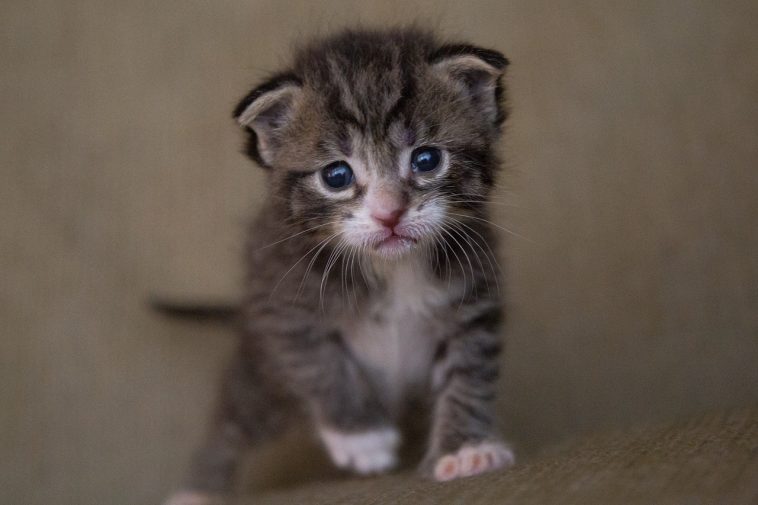Introduction: Glaucoma is a serious eye condition that afflicts both cats and humans, causing painful increases in intraocular pressure and potentially leading to blindness. Fortunately, early veterinary intervention, often involving eye drops to reduce pressure, can help cats preserve their vision and lead comfortable lives despite this ailment.
Understanding Glaucoma: Glaucoma is an eye disorder characterized by elevated intraocular pressure due to impaired drainage of fluid within the eye. When the fluid, known as aqueous humor, cannot drain effectively, it results in heightened eye pressure, ultimately leading to eye damage. Glaucoma is a progressive condition, typically worsening over time.
Recognizing Glaucoma Symptoms in Cats: Detecting glaucoma in its early stages can be challenging, making it crucial for cat owners to observe their pets’ behavior for signs of eye discomfort. Many of these symptoms overlap with other eye conditions, necessitating a veterinarian’s evaluation to pinpoint the exact cause. Glaucoma can affect one or both eyes, and common symptoms include:
- Cloudiness in the eye
- Watery eye discharge
- Squinting
- Dilated (enlarged) pupils
- Swollen or enlarged eyeballs
- Pawing at the eyes or face
As the disease progresses, changes in a cat’s behavior may become evident, such as reduced sociability, lethargy due to pain, and declining vision. Severe impairment in vision can lead to clumsiness, difficulty judging distances when jumping, and occasional collisions, particularly with unfamiliar objects in the home.
Causes of Glaucoma: Glaucoma is categorized as primary or secondary. Primary glaucoma is present from birth and is rare in cats (although Burmese and Siamese breeds may have a genetic predisposition). On the other hand, secondary glaucoma is the most common form in cats and can develop due to conditions that damage the eye or hinder proper drainage, including:
- Uveitis (inflammation inside the eye)
- Anterior lens luxation (displacement of the entire lens, obstructing drainage)
- Eye trauma
- Advanced cataracts
- Tumors or growths within the eye
Diagnosing Glaucoma in Cats: Given the overlapping symptoms with other eye disorders, specific eye tests are essential to diagnose glaucoma in cats. Your veterinarian will begin by discussing your cat’s medical history and conducting a physical examination.
During the eye examination, specialized lenses may be used to inspect the eye structures for signs of glaucoma. If glaucoma is suspected, your vet will assess intraocular pressure using a tonometer, an instrument gently placed over the eye’s surface to measure pressure inside the eye. Consistently elevated pressure, combined with other glaucoma indicators, will lead to a diagnosis.
In certain cases, your veterinarian may refer you to a veterinary ophthalmologist for specialized consultation. These experts possess advanced knowledge and specialized equipment to confirm the glaucoma diagnosis and recommend the most effective treatment options.
Treating Glaucoma in Cats: Initial treatment for glaucoma typically involves the use of eye drops to reduce intraocular pressure and inflammation. Medications like dorzolamide and timolol work to alleviate eye pressure, while steroids may be prescribed to reduce inflammation. Managing glaucoma can be challenging, necessitating periodic vet visits for monitoring and medication adjustments.
For severe or unresponsive cases, surgical intervention may be recommended. Laser surgery can sometimes correct drainage issues related to aqueous humor. In cases of blindness or poorly managed disease causing ongoing pain, your vet may suggest complete eye removal.
Prognosis for Cats with Glaucoma: Unfortunately, the eye damage caused by glaucoma is irreversible, emphasizing the importance of early detection to preserve vision and prevent severe pain. While glaucoma is generally progressive, dedicated treatment and regular veterinary evaluations can enable cats to lead relatively normal lives.
Preventing Glaucoma in Cats: While it’s not always possible to prevent glaucoma, steps can be taken to reduce its occurrence. For primary glaucoma, which is hereditary, responsible breeding practices are essential to avoid breeding cats with this condition. Secondary glaucoma may be prevented by detecting underlying eye conditions before they progress to glaucoma. Routine veterinary examinations (at least annually) play a crucial role in this, as they enable early detection or identification of eye changes, often before glaucoma sets in or during its earliest stages.
Understanding the causes, treatment options, and preventive measures related to glaucoma in cats empowers pet owners to better care for their feline companions, ensuring a higher quality of life for them.



